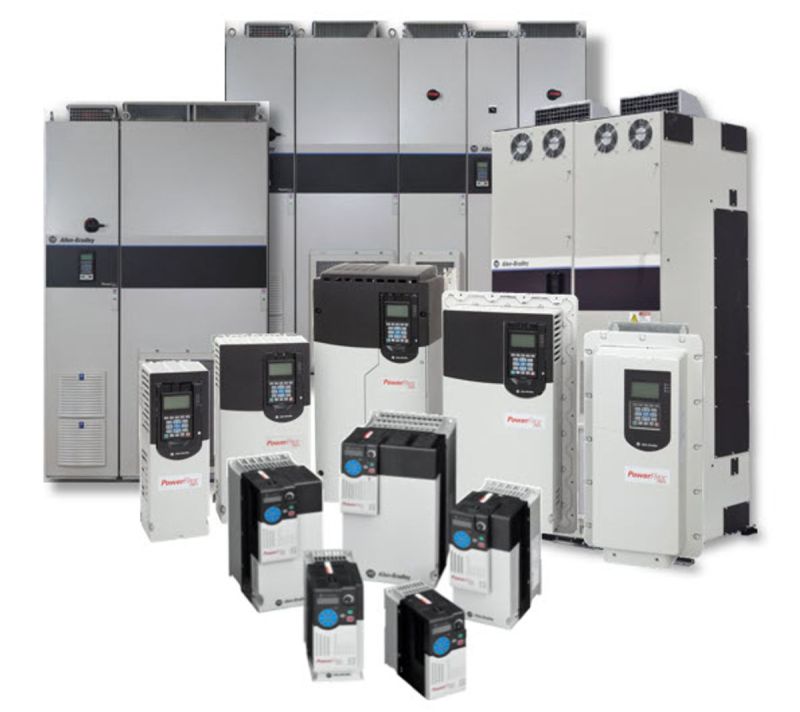
What is a VFD?
A Variable Frequency Drive (VFD) is a motor controller used in electro-mechanical systems to regulate the speed and torque of AC motors. It achieves this by adjusting the frequency and voltage of the power delivered to the motor. VFDs facilitate smooth motor startups and shutdowns, preventing equipment strain and improving energy efficiency.
Why Use a VFD? Motor speed (in RPM) is directly proportional to the frequency of the power supplied. By varying frequency and voltage, a VFD controls motor speed and torque, reducing energy consumption and improving system efficiency. VFDs are vital in industrial environments where precise speed control can optimize processes, minimize waste, and reduce electricity bills.
Common Applications VFDs are found in systems such as:
-
Pumps
-
Fans
-
Compressors
-
Conveyor belts
-
CNC machinery
-
Robotics
-
Water treatment facilities
They help reduce mechanical stress, ensure soft starts/stops, and allow real-time process control.
Working Principle of a VFD VFDs consist of four main sections:
-
Rectifier Section Converts AC to DC using a bridge rectifier. It may be unidirectional (diode-based) or bidirectional (SCR-based) depending on the application.
-
DC Bus/Link Filters and smooths the rectified DC using capacitors and inductors, storing energy for the inverter.
-
Inverter Section Uses switching devices like IGBTs or thyristors and modulation techniques such as PWM (Pulse Width Modulation) to convert DC back to adjustable-frequency AC.
-
Control Unit A microprocessor-based unit manages inverter switching, monitors motor feedback, and interfaces with user inputs or PLCs for speed regulation.
Types of VFDs
-
Voltage-Source Inverter (VSI): Most common, uses diode bridge rectifiers and capacitor filtering.
-
Current-Source Inverter (CSI): Uses SCR-based rectification and inductor filtering.
-
Pulse Width Modulation (PWM): Enhanced VSI type offering better output quality and efficiency.
Advantages of VFDs
-
Energy Savings: Match motor speed to load demands, saving up to 40% on energy.
-
Improved Productivity: Better process control and less downtime.
-
Reduced Maintenance: Soft start/stop extends mechanical component life.
-
Extended Motor Life: Protects against overloads, under-voltage, and thermal stress.
-
Lower Starting Currents: Avoids large inrush currents.
-
Simplified Reversing: Easily switch motor direction.
-
Torque Control: Adjustable torque limits protect equipment.
-
No Gearboxes Needed: Eliminates mechanical speed-changing components.
Drawbacks of VFDs
-
Higher Initial Cost: More expensive than traditional starters.
-
Harmonics and EMI: Can cause power line distortion.
-
Limited Starting Torque: Not ideal for high-torque startups.
-
Motor Insulation Stress: Requires motors with special insulation for PWM operation.
Conclusion Variable Frequency Drives are essential tools in industrial automation. By offering precise motor control, energy savings, and improved equipment lifespan, VFDs contribute significantly to the efficiency and cost-effectiveness of modern manufacturing and processing systems.
For inquiries or to source Allen Bradley VFDs such as the PowerFlex 755, contact:
PLG Automation
Email: sales@plgautomation.com
Phone: 800-906-9271
